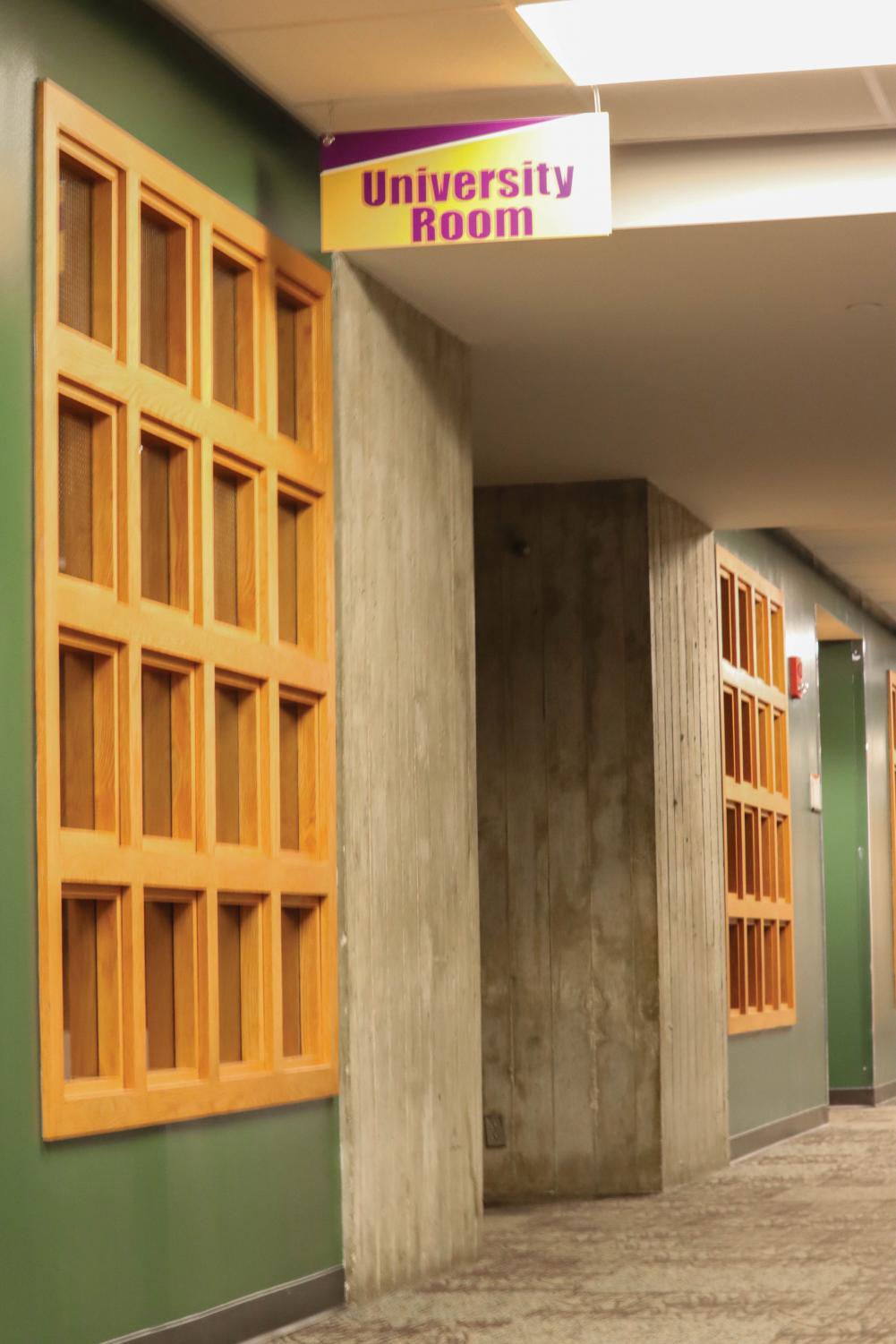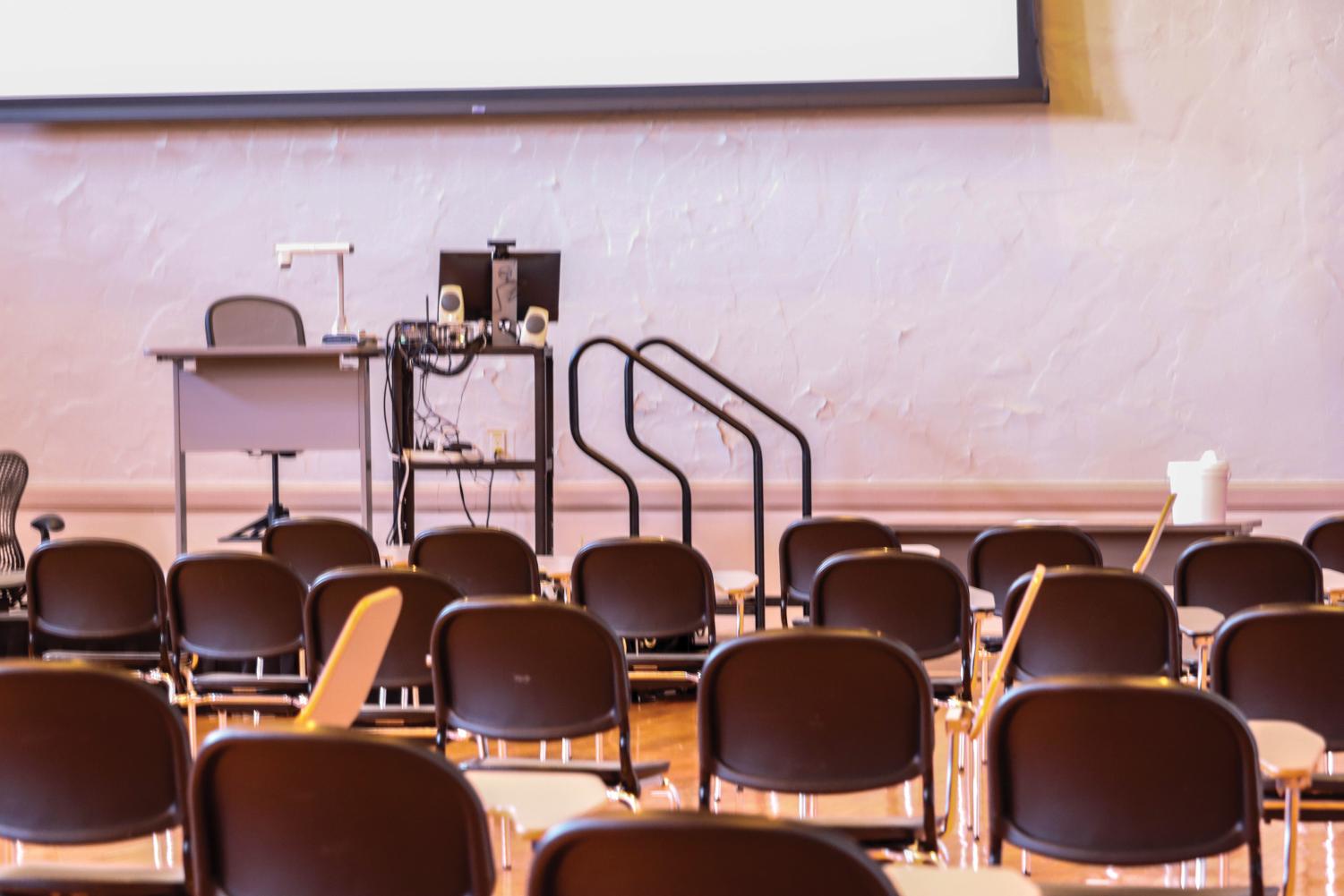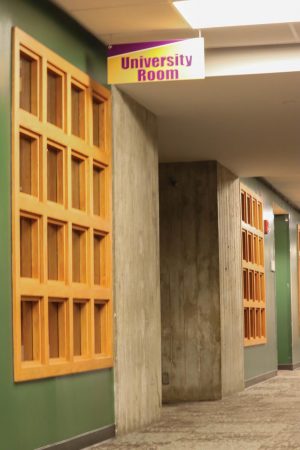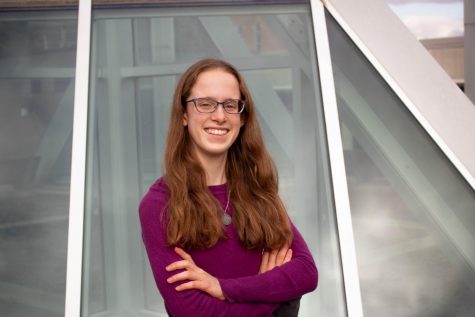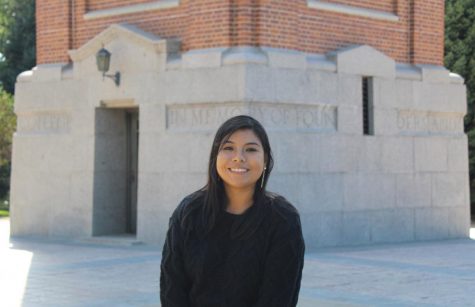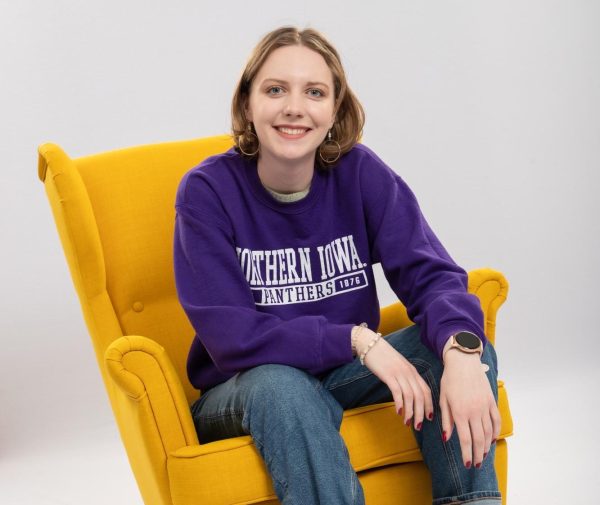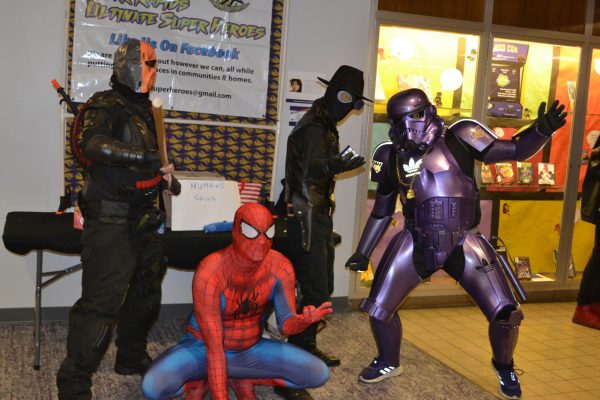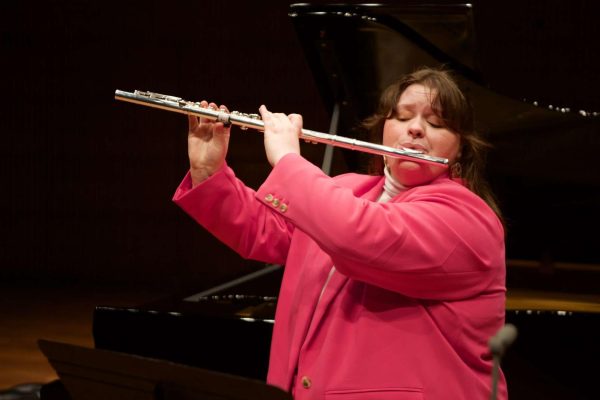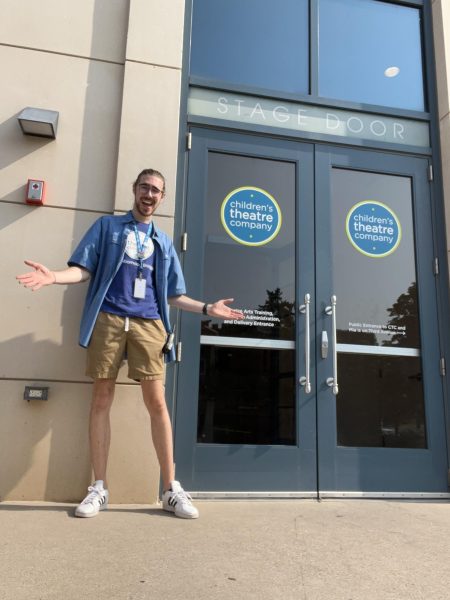Quarantine concerns prompt classroom shifts
Sep 3, 2020
Just before 1 p.m. on Wednesday, Sept. 2, students in Kyle Tobiason’s Principles of Macroeconomics class began to arrive outside the Commons Ballroom. As each walked up, they stood, hesitatingly, then glanced at the class schedule posted outside the ballroom doors, before nodding and venturing in.
Their hesitancy might have seemed out of place for the third week of classes, but the students could be excused: their class was one of nearly 100 classes that has changed location in the last week.
According to Patrick Pease, associate provost for academic affairs, the shifting classes are not a response to a high rate of positive COVID-19 cases.
“To date, we see no evidence that transmission is happening in our classrooms,” he wrote in an email to the Northern Iowan. “Furthermore, the number of people in our campus community who have tested positive is very low compared to university campuses across the nation.”
Rather, the goal of relocating classrooms is to reduce the number of students sitting within six feet of each other in in-person classes, since students sitting within six feet of a classmate who test positive are required to quarantine, even if they themselves are healthy.
“The issue we are facing is that many healthy people are being asked to quarantine,” wrote Patrick Pease, Associate Provost for Academic Affairs, in an email to the Northern Iowan. “Our concern is not with people getting sick, it is that too many healthy students are being asked to sit out of class. The additional changes we are making will greatly reduce the chances of our healthy students being asked to quarantine because they happened to be sitting next to someone who tests positive.”
As of Sunday, Aug. 30, according to the UNI Forward Together COVID-19 dashboard, 83 students were quarantining in Department of Residence facilities. This number does not, however, include students quarantining off-campus.
According to Pease, 92 classes have already been relocated to larger rooms with six feet of distance, but the administration anticipates that about 150-175 classes will move once the shifting is completed.
It’s a bit of a domino effect: once one class is moved to a larger location, its previous room is freed up to allow another class to spread out even more.
“Each class that is moved to a better room opens opportunities for other classes to be moved,” Pease wrote.
In addition, he anticipates that about 600-650 classes will see changes in the seating arrangement in their existing rooms.
“In the former pattern, there might have been 4-6 surrounding people within quarantining distance of any one person,” he wrote. “The new patterns will bring the number of people within that range to 2 or fewer.”
Freshman business administration major Mai Van, a student in the Principles of Macroeconomics class, said the course originally met in Curris Business Building. She hadn’t felt unsafe or too close to her peers in the old location, she said.
Her classmate and fellow freshman Sarena Gerber had a slightly different view.
“I didn’t necessarily feel unsafe, but it did feel like there was a lot of people in that room,” said Gerber, an accounting major.
After a peek into the Commons Ballroom, Gerber quickly confirmed that the new location was much more spread out than their old classroom had been.
However, she questioned why her class had been held in a room without six feet between each student in the first place if there were more spacious rooms available.
“I was kind of wondering why we didn’t start out in the Ballroom,” she said. “It seems like the university is trying to recover.”
In addressing these concerns, Pease wrote that the university does not have sufficient space to ensure six feet of distancing between every student in traditional classroom settings. Thus, UNI employed a series of “stacked safety measures,” including physical distancing, masks, increased air circulation, enhanced cleaning, testing, contract tracing and — most relevant to this conversation — moving classes into non-teaching spaces.
However, the university had originally tried to avoid this last technique, said Pease, because such spaces “are not ideal learning environments.”
“We had hoped to minimize the disruption of taking students out of classrooms,” he wrote. “However, given the need to continue spreading people out, we have converted additional large spaces around campus to classroom seating.”
In addition to the Commons Ballroom where Van and Gerber now found themselves, the new non-teaching spaces that have been converted into classrooms include the Georgian Lounge, the Maucker Union University Room and computer lab, the Seerley Hall Great Reading Room and space in the Towers Center.
Not only are these new locations less ideal learning environments, according to Pease, they were also scheduled to host activities and events, which was another reason the university did not schedule classes there initially.
“All of those events have now been cancelled,” he wrote.
Pease also noted that changes in classroom locations and seating charts reflect updated data and information.
“The seating arrangements we started the semester with were based on our best understanding of where we would be with state and local policies and COVID-19 rates in the state,” he wrote. “This kind of planning cannot be a one-and-done process; we need to continually evaluate and adjust.”

